
Address
1758 Firman Dr. Suite 100 Richardson, TX 75081
Call
(972) 675-7725
Are home wind turbines the next big thing in renewable energy, or a pipe dream? In this eye-opening video, I want to uncover the shocking truth about residential wind power and explore the latest breakthroughs that might change everything.
As a long-time advocate for solar energy, I've always wondered: why aren't wind turbines keeping up in the residential market? Join me as we dive deep into the world of home wind power, busting myths and uncovering potential game-changers. THANK YOU SO MUCH FOR BEING HERE!!!
If you want to install a solar system for your home, I truly hope that my videos will guide you. You can also reach out to me for help or a quote ( I only install in DFW, but do consultations and quote reviews if you are not in DFW!).
Email: This email address is being protected from spambots. You need JavaScript enabled to view it.
Phone ( text or call) 972 675 7725
Residential Wind Power: Revolutionary Tech or Overhyped Myth?
As someone who's had solar panels since childhood, I've always wondered: why don't we see wind turbines on residential rooftops? While massive wind farms dot our landscapes and offshore installations generate clean electricity at scale, residential wind power seems stuck in limbo. Let's explore why this is happening and what the future might hold.
The Current State of Wind Energy
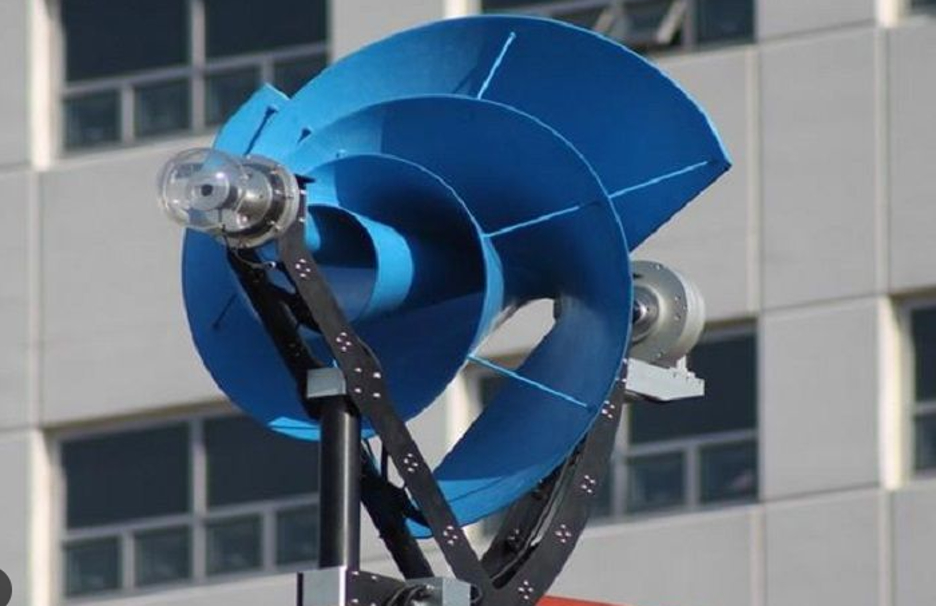
Wind power isn't new - humans have harnessed wind energy since 5,000 BC for everything from sailing ships to grinding grain. Today, it's a significant power source:
Yet, residential wind power hasn't caught up with solar's popularity. Why?
Major Challenges Facing Residential Wind Power
1. The Availability Challenge
Unlike solar panels that can work anywhere with sunlight, wind turbines face more complex challenges:
Wind Speed Requirements:
Location Matters:
2. The Space and Installation Challenge
While solar panels fit neatly on existing roofs, wind turbines face several hurdles:
Height Requirements:
Zoning and Permits:
3. The Practical Challenges
Rooftop Installation Issues:
Promising Solutions on the Horizon
Vertical Axis Wind Turbines (VAWT)
Companies like Harmony Turbines are developing innovative solutions:
Advantages:
Harmony Turbines Specifics:
Creative Infrastructure Integration
Several companies are exploring innovative placement options:
The Future of Residential Wind Power

While challenges remain, several factors suggest a brighter future:
Technological Advances:
Market Evolution:
What This Means for Homeowners
For those interested in residential wind power:
Looking Ahead
While residential wind power faces challenges, innovation continues. Companies like Harmony Turbines show promise in addressing key issues:
The future might see wind power becoming a more common sight in residential areas, especially as technology improves and costs decrease. Just as solar panels evolved from novelty to mainstream, residential wind power might follow a similar path.
Want to stay updated on residential wind power developments? Subscribe to our newsletter for the latest in renewable energy technology.
Key Takeaways
Have thoughts about residential wind power? Share your experiences or questions in the comments below.
THIS IS HUGE! LG Chem may have just solved one of the biggest challenges in EV and battery technology - thermal runaway. In this video, we dive deep into their groundbreaking Safety Reinforced Layer (SRL) technology that could make lithium-ion batteries safer than ever before. 🏠 As a solar installer, I've seen firsthand the concerns homeowners face when considering battery storage in their garages.
City inspectors demand extensive safety measures - from protective bollards to smoke and heat detectors - all because of the looming threat of thermal runaway in lithium-ion batteries.
Once thermal runaway begins, it's nearly impossible to stop. But could LG's new tech change all that? THANK YOU SO MUCH FOR BEING HERE!!!
If you want to install a solar system for your home, I truly hope that my videos will guide you. You can also reach out to me for help or a quote ( I only install in DFW, but do consultations and quote reviews if you are not in DFW!).
Email: This email address is being protected from spambots. You need JavaScript enabled to view it.
Phone ( text or call) 972 675 7725
Safer Lithium-Ion Batteries: LG's Bold Claim Challenges Tesla and Rivals. No more EV Fires?
The EV Revolution's Hidden Challenge
Electric vehicles are revolutionizing transportation, but there's an elephant in the room: battery safety. News headlines about EV batteries catching fire have made many potential buyers hesitant. However, LG Chem's latest breakthrough might finally put these fears to rest, thanks to an innovative solution that's thinner than a human hair.
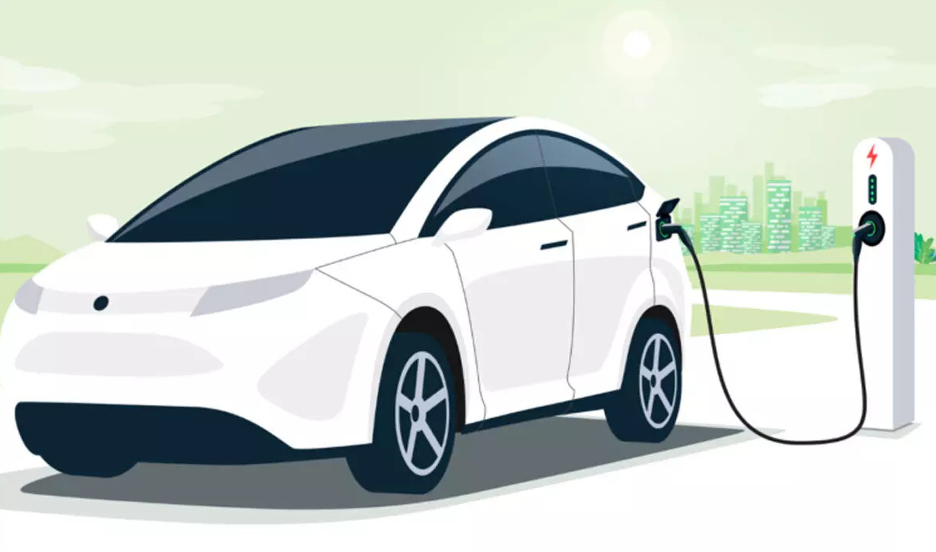
The Science Behind Battery Fires: Understanding Thermal Runaway
What Really Happens Inside Your Battery?
Think of a lithium-ion battery like a carefully choreographed dance of electrons and ions. During normal operation:
But when things go wrong, they can go very wrong.
The Cascade Effect
Thermal runaway is like a microscopic avalanche:
In an EV battery pack containing thousands of cells, this domino effect poses a significant risk.
LG's Brilliant Solution: The Safety Reinforced Layer (SRL)
The Invisible Guardian
LG's breakthrough comes in the form of an ingenious protective layer:
Smart Protection System
What makes the SRL revolutionary is its intelligent behavior:
Under Normal Conditions:
During Potential Failure:
After Crisis Averted:
Putting It to the Test
Rigorous Testing Protocols
LG didn't just theorize - they proved it works:
Torture Tests Conducted:
Results: ✓ No fire initiation in most cases ✓ Quick flame extinguishment when ignition occurred ✓ Significant temperature rise delay ✓ Reduced maximum temperatures under stress
Beyond Traditional Safety Measures
Current Safety Features vs. SRL
Traditional Battery Protection:
SRL Advantage:
Real-World Impact
Transforming the Industry
This breakthrough could revolutionize multiple sectors:
Electric Vehicles:
Consumer Electronics:
Grid Storage:
Implementation Timeline
LG Chem's Strategic Rollout:
The Bigger Picture
Why This Matters Now
The timing of this innovation is crucial:
Future Implications
This technology could:
What's Next?

While alternative technologies like solid-state and sodium-ion batteries continue development, LG's SRL provides an immediate solution for making current lithium-ion technology significantly safer. This bridges the gap between today's needs and tomorrow's innovations.
Expert Insights
The research team's publication in Nature Communications, one of the world's most prestigious scientific journals, validates the significance of this breakthrough. As LG's CTO noted, the ability to implement this in mass production quickly makes it particularly valuable.
Looking Forward
The race for safer batteries continues, but LG's SRL technology represents a significant leap forward. It's not just an incremental improvement - it's a fundamental rethinking of how we can protect batteries from within.
Are you in the market for an electric vehicle? How does this development influence your perspective on EV safety? Share your thoughts in the comments below.
For technical readers: The complete research paper is available in Nature Communications, providing detailed methodology and test results.
Additional Resources
Stay informed about the latest developments in battery technology by subscribing to our newsletter.
If you're considering going solar, one of the biggest decisions you'll face is choosing between micro inverters and string inverters. This critical choice can have a major impact on your solar system's performance, efficiency, and long-term reliability. Today we will dive into pros and cons of both options, hopefully by the end of the video you will know which one is best for you!
If you are looking to install a solar system for your home, I truly hope that my videos will become a guide for you. You can also reach out to me for help or a quote if you are in the DFW area. E
mail: This email address is being protected from spambots. You need JavaScript enabled to view it.
Phone ( text or call) 972 675 7725
The Great Solar Debate: String vs. Microinverters: Making the Right Choice for Your Solar System
When planning your solar installation, choosing the right inverter technology is crucial. The inverter serves as the heart of your solar system, converting DC electricity from your panels into AC power that your home can use. Let's dive into the two main types of inverters and help you make an informed decision.
Understanding Solar Inverters: The Basics
Before comparing options, let's understand what inverters do:
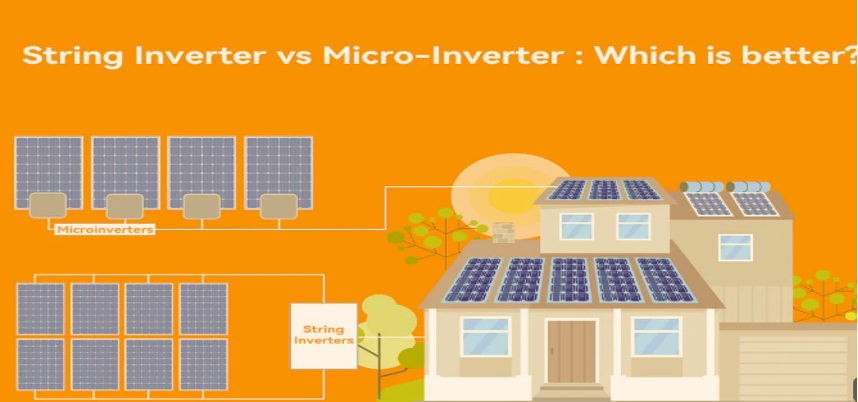
String Inverters: The Centralized Solution
What Is a String Inverter?
A string inverter is a centralized unit typically installed on the side of your house or in your garage. It handles the power conversion for multiple panels connected in series (strings).
Important Note: All hybrid inverters (like SolarEdge, EG4, and Tesla Powerwall 3) are string inverters, but not all string inverters are hybrids.
Advantages of String Inverters
Disadvantages of String Inverters
Microinverters: The Distributed Approach
What Are Microinverters?
Small inverters attached to each individual solar panel, converting DC to AC at the panel level.
Advantages of Microinverters
Disadvantages of Microinverters
Making Your Decision
Consider these factors when choosing:
System Size
Installation Location
Future Plans
The Battery Factor
An important consideration often overlooked: when adding battery storage, the "single point of failure" argument against string inverters becomes less relevant. Why? Because all battery systems require additional components (transfer switches, gateways, combiners) that create their own potential failure points.
Debunking Common Myths
The "Christmas Light Effect" myth (one shaded panel affects all panels) is outdated. Modern string inverters with bypass diodes handle partial shading effectively. Don't let this old misconception drive your decision.
Conclusion
The best choice depends on your specific situation:
Choose String Inverters If:
Choose Microinverters If:
Remember: Consult with qualified installers and consider your specific needs before making a final decision.
Looking for more detailed information about solar inverter performance? Check out our comprehensive testing videos and data analysis.
You are about to buy a Tesla Powerwall 3, but wait! STOP THERE! Do you have shading? DO you have trees that cover your roof? Watch this test to see how shadow affects panels with and without optimization. Will the Christmas Light Effect prevail? I decided to TEST whether Power Optimizers are worth your money. We performed over 20 different tests over 2 months period. Only 12 made it to the video, so we don't repeat too much footage! We gathered data and came to some conclusions!
Please let me know in the comments what are your thoughts? How else should we have tested that theory? Any other ideas for tests in the future?
Do you think micro-inverters would behave the same as Power Optimizers?
A future video coming!!! Let me know!
Shading Test! How does shade affect your solar system production. Are Optimizers worth it?
Executive Summary
After conducting over 20 detailed tests comparing optimized vs. non-optimized solar panels, we've uncovered some surprising truths about shading effects. This data-driven analysis challenges common industry claims and provides clear guidance for solar installations.
Why This Matters
The solar industry often claims that shading on one panel affects the entire string's performance - the infamous "Christmas light effect." This claim has led many homeowners to invest in expensive power optimizers. But is this necessary? Our extensive testing reveals the truth.
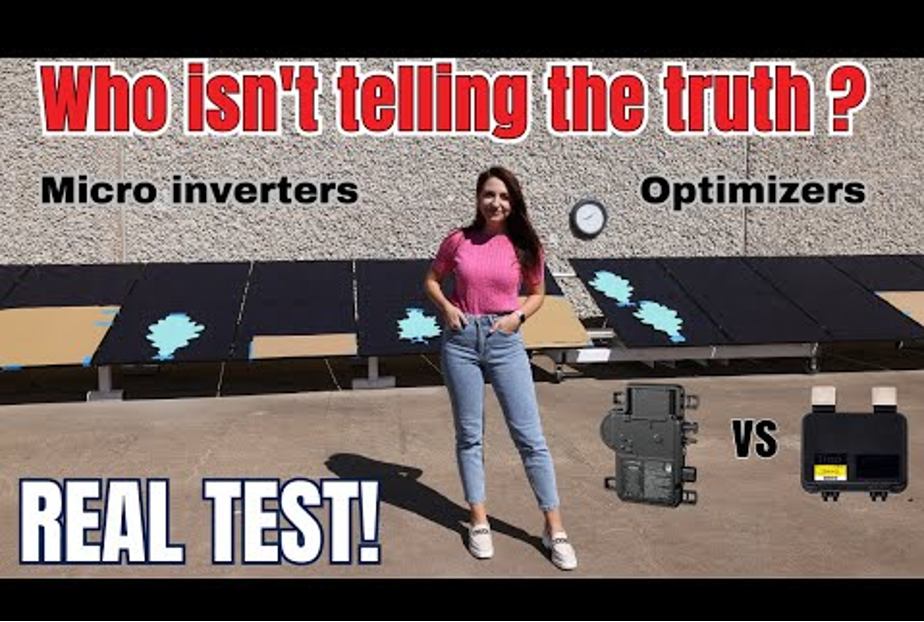
Testing Methodology
Equipment Used:
Test Conditions:
Detailed Test Results
1. Baseline Performance (Full Sun)
2. Single Panel Shading Tests
Small Leaf Test (20-30% Coverage)
Optimized Panel:
Non-Optimized Panel:
Key Finding: Even tiny obstructions can cause significant power loss, but the impact is relatively similar between optimized and non-optimized panels.
3. Multiple Panel Shading
Three Panel Test
Optimized String:
Non-Optimized String:
4. Building Shadow Tests
|
Time |
Optimized Output |
Non-Optimized Output |
|
10:50 AM |
26W |
26W |
|
11:16 AM |
30W |
30W |
|
11:27 AM |
135W |
135W |
Critical Finding: No advantage to optimizers with consistent shadows
5. The Myth-Busting Test (7/8 Panels Shaded)
This test directly challenged the "Christmas light effect" claim:
Optimized String:
Non-Optimized String:
Real-World Production Analysis
Daily Production Comparison
Day 1:
Day 2:
Technical Deep Dive: Understanding the Results
Bypass Diode Function
Power Optimizer Benefits
Installation Recommendations
Optimizer-Recommended Scenarios:
Standard Installation Sufficient For:
Cost-Benefit Analysis
Consider These Factors:
Alternative Solutions:
Conclusions and Recommendations
Next Steps for Solar Owners
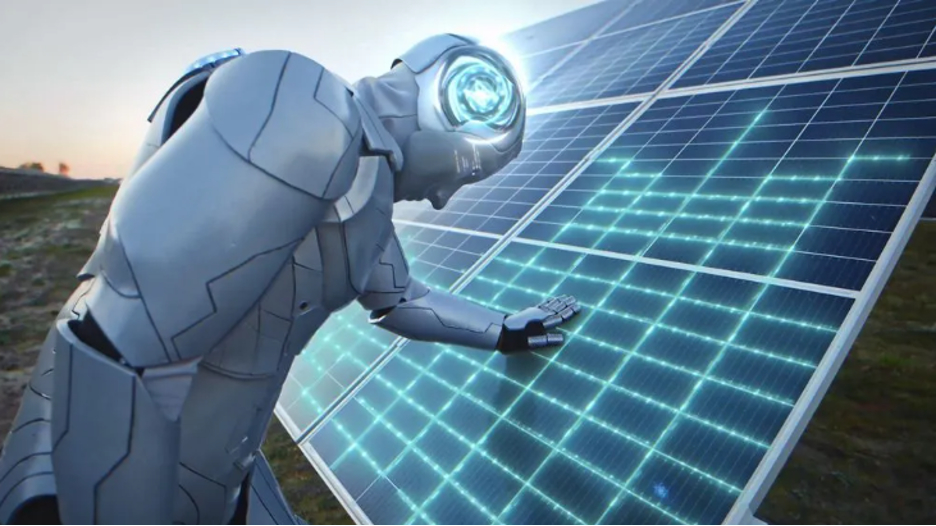
Looking Ahead
The solar industry continues to evolve, with new technologies emerging regularly. While power optimizers offer benefits in specific situations, their necessity isn't universal. Make informed decisions based on your specific installation conditions rather than general industry claims.
Want to learn more about optimizing your solar installation? Share your specific situation in the comments below for personalized recommendations.
Note: All test data available upon request. Testing conducted under controlled conditions in Dallas, Texas.
You have no idea how often I get a call from one of my customers who is confused about their solar billing. I mean the day I recorded this video I had 2 calls with homeowners and we were going over the bill after solar and their solar production. I decided its time to get this video out there! I do hope the title will be easy enough for those who are looking for guidance to find it, if it was not, do share what you think the title should be??? I guarantee you there are so many people out there who are not my clients who have no idea how to properly understand how their system works. You are promised this amazing dream of your bill offsetting your usage and a zero-dollar bill and then.... the bubble bursts. You get a high electric bill and you wonder if your system is even working... you do not trust the utility company and if they are actually paying you for all that you sell to them... and no wonder you dont get this...
YOU DONT KNOW WHAT YOU DONT KNOW! So let's go over 2 of my electric bills! Let's review how all of this works and hopefully help you verify if your solar system is broken... if something is not working properly!
PLEASE let me know in the comments if my explanation made sense to you and if it was helpful!
THANK YOU SO MUCH FOR BEING HERE!!! If you are looking to install a solar system for your home, I truly hope that my videos will become a guide for you. You can also reach out to me for help or a quote ( I only install in DFW, but do consultations and quotes review if you are not in DFW!).
Email: This email address is being protected from spambots. You need JavaScript enabled to view it.
Phone ( text or call) 972 675 7725
Understanding Your Solar Electric Bill: A Complete Guide
Have you recently installed solar panels and found yourself confused by your electric bill? You're not alone. Many homeowners look at their first post-solar bill and think, "This can't be right!" Today, let's decode the mystery of solar billing and help you understand exactly what those numbers mean.
The Basics: Your Two Power Sources
When you go solar while staying connected to the grid (which most people do), you have two sources of power:
Most homeowners choose to stay grid-tied because going off-grid is extremely expensive. Plus, having the utility as a backup power source for nights and rainy days is both important and cost-effective.
How Solar Power Flows
Here's what happens with your solar power:
The Crucial Part Many Miss
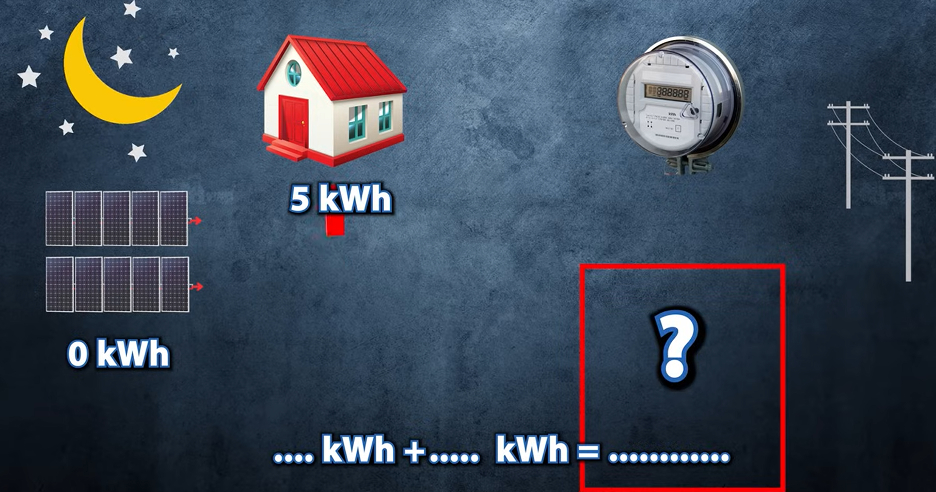
Here's the key point that often confuses homeowners: The meter only shows excess power that wasn't used by your home. Let's break this down with an example:
If your solar system generates 20 kWh in a day:
Reading Your Bill
Your utility bill will show two main figures:
Pro Tip
Request your utility provider to change your billing cycle from the first to the last of the month. This makes calculations much easier!
Real-World Example
Let's look at two billing cycles from my personal solar system:
Spring (March-April)
Summer (July)
Tips for Maximizing Your Solar Benefits
To get the most from your solar system:
Monitoring Your System
Modern Systems
Many newer systems come with CT (Current Transformer) monitoring, which measures power flow automatically.
Older Systems
For older systems without monitoring, you can add third-party options like:
The Bottom Line
Remember: Your utility bill only shows what you exchange with the grid - what you buy from them and what you sell to them. It doesn't show your total solar production or home consumption. Understanding this distinction is key to making sense of your solar investment.
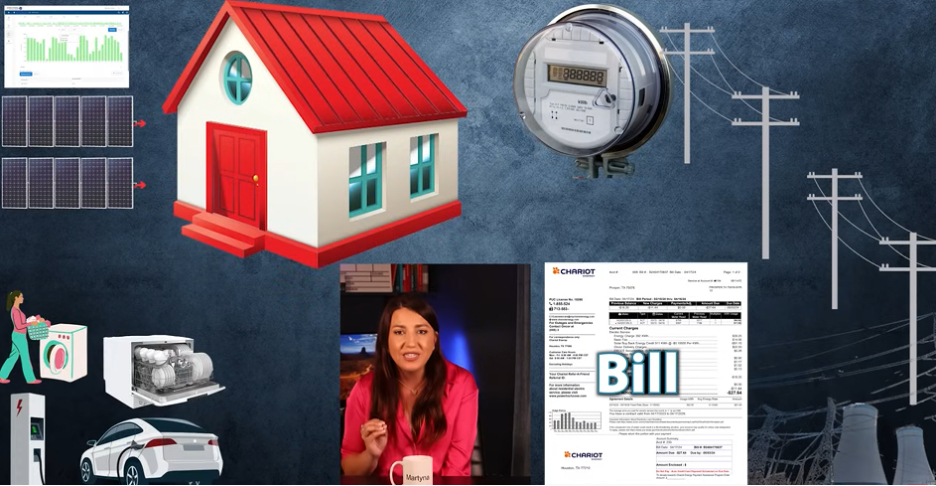
How to Check if Your System is Working Properly
Compare the same months year over year:
This way, you can spot any significant changes that might indicate a problem with your solar system.
Note: This guide covers grid-tied systems without batteries. Stay tuned for our upcoming guide on systems with battery storage!
Need More Help?
If you're still unsure about your solar billing, start by:
Remember, understanding these numbers helps you maximize your solar investment and ensure your system is working as intended.
Last edited just now

Address
1758 Firman Dr. Suite 100 Richardson, TX 75081
Call
(972) 675-7725